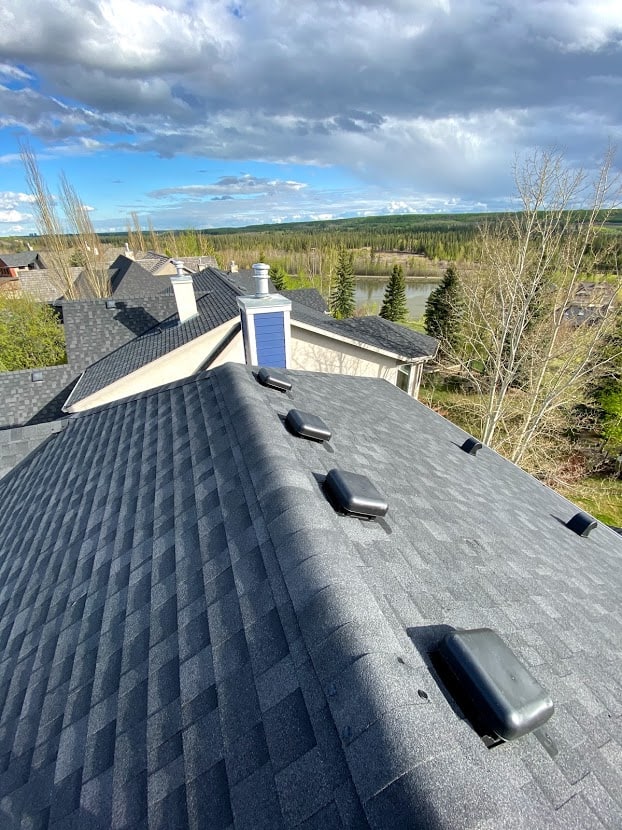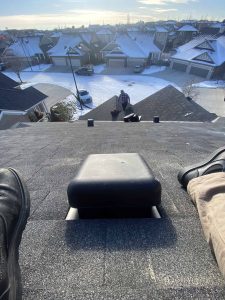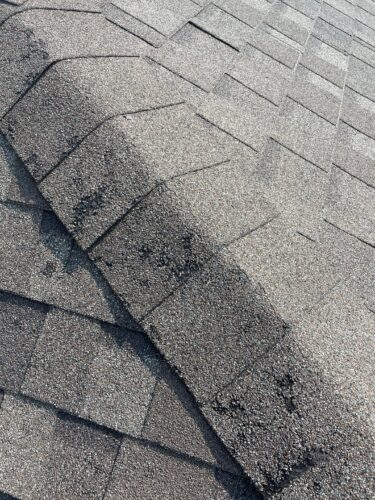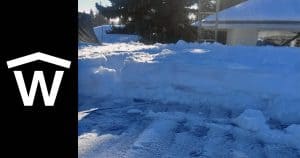Alberta has been experiencing increased summer temperatures for more extended periods, with some extreme storms that follow them. Your residential home or commercial building’s roof is one of the most, if not the most important factor in protecting your property. When planning to build a new roof or to repair a current issue knowing how high temperatures affect your roof is critical in making the right choice in design, materials, and application methods.
First, we will look at the factors that affect your roof in the summer heat. Then we will look at ways to mitigate heat in your home to help stay cool on the hot summer days, and lastly, we will look at what factors to look at for protecting and maintaining your roof into the future.

How High Summer Temperatures Affect Your Roof
Thermal shock
The most significant factor in the longevity of your roof in Calgary or anywhere in Alberta is thermal shock. During the day, your roof can reach very high temperatures. For example, a standard asphalt shingle can be as hot as 60 – 75 °C. Couple that with the extreme cold we can get, and you will have roofs that need to survive temperatures spanning 100°C or even more.
How does thermal shock affect your roof?
The damage happens because of this changing temperature. Most materials used in roofing, from flashing to shingles to any roof component, experience expansion in the hot heat and contraction when it gets cooler. As this process happens repeatedly, the materials used will break down and form cracks or other properties that negate their effectiveness. All roofing materials will fail over time, but increase the occurrence of these extreme contractions and expansion events can cause the roof to fail sooner.
UV Exposure
Rocks and pebbles applied directly on top of roofs or part of the roofing material like shingles are designed for UV exposure. However, when these wear away or roofing material underneath has more direct contact, the chemical compound of the material alters through oxygen mixing with other hydrocarbons, releasing the oily substance to be able to evaporate and leave your roof unprotected eventually.
Regularly going on your roof is bad for this reason, or using it for any other purpose than to protect your home. If you go up on your roof daily for a beer, for example (which has many other health and safety problems), the continued use will degrade the peels on the shingles that help protect them from the UV rays. An example of this in another area would be any high traffic path on grass, as that section of grass tends to die and leave you with a brown path.
Summer Storms and Weather
When high heats last for days on end, this is often due to a heat dome effect. After this effect passes, you will usually have extreme weather from downpouring rain, hail and thunderstorms. These storms can be a side product of the high heat of summer and contribute to how warm weather can affect your roof.
How to Keep Your Roof Cool and Your Home.
Insulation
As with all parts of your home, proper insulation helps keep the appropriate temperature in your home and so that you don’t lose warmth in the winter or cool air in the summer (compounded with homes with AC).
Having proper insulation in your roof as well as the rest of your home will help you regulate temperatures more effectively and reduce energy usage to cool or heat your home, thus saving you money and helping the environment.
Ventilation
Having a home that “breaths is crucial for your home in summer and winter”. Proper ventilation is critical for reducing outside temperatures’ effect on your home and moisture buildup. Having cool air come from underneath (soffits) and exhausting at the top of your roof through vents creates a natural flow to keep the air circulating.
Roofing Material’s colour
If you google the best roofing materials for high heat, you most likely will find the answer to be metal. Metal reflects a lot of sunlight; however, since we live in Alberta, Canada, we have some freezing winters to contend with as well. Because of this, metal material options will most likely not be the right choice. Having a roof that’s not black and absorbs all the sunlight is not ideal either.
The key is to find the sweet spot in colour in the grey zone that helps not to absorb all sunlight in summer, but can also absorb some in the winter. We specialize in helping you get the right roofing product for your home, so please reach out to us for a free quote.

Maintenance and Protection
After the summer, makes sure to take a look at your roof. Are there spots where roofing material has melted? Is there cracking on some shingles? Again, the best protection you can have is preemptive inspections.
We recommend that you don’t go on the roof, especially on hot summer days. You should have inspections in the fall and spring anyways between the changing weather. Contact us, and we will come out and help make sure your roof is well maintained.
Older roofs will be more susceptible to damage from extreme heat as technology in these systems will be dated. Extreme heat is a good test for the overall roof’s health and often highlights roofing problems and incorrect applications from inexperienced roofers.
If you are unsure or have any other questions, contact us for a free quote.


